General Info – summary
Monoecious Tree with a straight trunk is up to 10m high. Poisonous white milky latex is present. Simple Leaves may turn bright red before falling and have crenate margins with 2 glands at the leaf base. Tiny unisexual, regular Flowers in spikes lack petals. Male: 3 exerted stamens but no pistil. Female: red with a superior ovary and 3 joined styles. Fruit is a 3-lobed, dehiscent capsule with spherical hard brown seeds.
Description
Spirostachys africana
Previous Name: Excoecaria africana.
SA Tree No. 341.
Common names. (Afr) Agelhout, Angelhout, Cape Sandalwood, Gifboom, Melkhout, Sandaleenhout, Sandalienhout, Tambootie, Tamboti, Tambotie, Tambotieboom, Tambotiehout, Tambotihout, Thombotieboom, Thombotiehout, Tombotiehout, Sandelhout. (Eng) African Mahogany Tree, African Sandalwood, Cape Sandalwood, Headache Tree, Jumping Bean Tree, Sandalwood, Sandlewood, Tamboti. (IsiNdebele) Ubande. (isiXhosa) Umthombothi, Umtamboti, Umthombothi, Umtomboti, Uthombothi. (isiZulu) Umtho, Ijuqu, Mbothi, Ubanda. (Northern Sotho) Morekuri. (Setswana) Morêkhuri, Morêkhure, Morukuru, Ndzopfori, Xilangamahlo. (siSwati) Umtfombotsi, Uthombothi. (Tshivenda) Muonze. (Xitsonga) Ndzopfori.
Family: Euphorbiaceae (Euphorbia family e.g. exotic poinsettia – Euphorbia pulcherrima). This family has about 275 genera and 7 500 species. This family has plants that may be herbs, shrubs or trees and latex is often present. Our local trees containing genera on this website include Alchornea, Croton, Euphorbia, Macaranga and Spirostachys. Leaves, when not rudimentary, are usually alternate and simple with free stipules. Inflorescences are situated terminally or in leaf axils. They are mostly in cymes (a broad, more or less flat-topped, determinate flower cluster, with central flowers opening first). They may be grouped in spikes (simple indeterminate inflorescence with sessile flowers on a single unbranched stalk), thyrses (the main axis grows indeterminately, and the branches have determinate growth) or pseudanthia (inflorescences with many flowers appearing as a single flower – like a sunflower). In Euphorbia they appear as cyathia (where they usually have 5 joined bracts outside: up to 10 brightly coloured nectar glands which may have petal-like appendages or brightly coloured bracts followed by 5 much reduced male flowers at the base of each bracteole. In the centre is a much-reduced female flower). Plants may be monoecious or dioecious and the regular, unisexual Flowers may or not have a perianth. Male flowers have 1-many stamens with free filaments and stamens with up to 4 pollen sacs. Female flowers have a superior ovary with 1-many locules – each with up to 2 ovules. Fruit is a capsule or nut(s). Seeds may have a caruncle (a fleshy structure attached to the seed) and may be poisonous.
Milky caustic Latex is present. This possibly evolved as a deterrent to herbivores. Plants are succulent and cactus like but the true cactus lacks the caustic latex.
Name derivation: Spirostachys – spiral flower spikes. africana – from Africa.
Conservation: National Status: L C. (Least Concern). Assessment: 2005 (R.H. Archer and J.E. Victor).
Tree
These plants may occur in dense stands. The tall, usually straight Trunk is usually up to 10m high but may reach 15m. The trunk is relatively broad for its height and may reach 46cm in diameter. Large trunks are often hollow. The dense Crown is rounded or pyramid-shaped. Young trees are pale and much branched. Many short, pale grey, woody twigs occur at branch ends. The reddish-brown Branches may be flaking. The young branches contain Lenticels (a usually raised corky oval or elongated area on the plant that allows the uncontrolled interchange of gases with the environment – photo 939). The old, dark grey to blackish Bark may form characteristic rectangular, chunky pieces arranged in longitudinal rows (photo 936, & 710 – an old tree).
- 947. 2017/11/14. Pretoria NBG. Photo: David Becking.
- 936. 2014/03/25. Walter Sisulu NBG. Photo: David Becking.
- 710. 2014/09/14. Lowveld NBG. Photo: David Becking.
- 939. 2014/03/25. Walter Sisulu NBG. Photo: David Becking.
Leaves
This Tree may be evergreen or deciduous. Leaves are simple (have a single blade which may have incisions that are not deep enough to divide the blade into leaflets). The Margin is usually crenate (roundly toothed or scalloped – photo 145). The alternately arranged individual leaves are ovate to elliptic and up to 7 x 3,5cm. Young leaves are reddish (photo 857) and become visible in early spring. They are folded along the midrib (photo 762). Mature leaves are dull green and may become a distinctive brilliant yellow to deep red before falling (photo 198). In early June, the change to red is just starting (photo 166). This occurs when it is cold and dry. Occasional red leaves appear in summer. The firm to leathery and smooth or slightly hairy leaves are ovate, oval or widely lance-shaped. The Midrib is prominent below and clearly visible above (photo 139). The 6-14 pairs of lateral veins are more visible below (photo 726). In this photo, poisonous milky latex is visible at the base of the Petiole (leaf stalk). All leaf details are best observed when the leaf is viewed against a strong light (photo 145). Here the lateral veins arch and link up before reaching the margin. The leaf Apex is rounded or narrowly tapering, and the Base is tapering to rounded. There are 2 small Glands at the junction of the blade with the petiole (leaf stalk). These are visible on the upper surface (photo 727). The Petiole is short, slender and up to 1cm long (photo 139). Stipules (basal appendages of the petiole) are small and caducous (an organ or part, which is easily detached and shed early). Poisonous white milky latex appears on the ends of recently detached leaf petioles (photo 726).
- 857. 2016/11/29. Walter Sisulu NBG. Photo: David Becking.
- 762. 2020/01/20. Walter Sisulu NBG. Photo: David Becking.
- 726. 2014/11/18. Walter Sisulu NBG. Photo: David Becking.
- 727. 2014/11/18. Walter Sisulu NBG. Photo: David Becking.
- 145. 2015/05/05 Walter Sisulu NBG. Photo: David Becking. + Sun.
- 166. 2014/06/03. Walter Sisulu NBG. Photo: David Becking.
- 198. 2014/06/03. Walter Sisulu NBG. Photo: David Becking.
- 139. 2015/05/05. Walter Sisulu NBG. Photo: David Becking.
Flowers
These trees are monoecious (having both male and female reproductive organs on the same plant). In both male and female flowers, the tiny yellow-brown, unisexual Flowers develop before or with the new leaves in the same catkin-like Spike (simple indeterminate inflorescence with sessile flowers) resting on a single unbranched stalk (photo 758). These spikes are up to 3,5cm long and occur at the branch ends. Each spike has numerous male flowers above and solitary or few female flowers near the base. Both Petals and Discs (a plate or ring of structures derived from the receptacle, and occurring between whorls of floral parts) are absent. The many sessile Male Flowers are small and become yellowish when pollen is produced. The Calyx has 5 free overlapping lobes and there are 3 joined Stamens forming a tube that become visible. The Anthers have 2 Thecae (pollen sacs) which dehisce longitudinally. A Pistil (female element of the flower containing a stigma style and ovary) is absent. In contrast, the less numerous Female Flowers are blood red (photo 758) due to overlapping bracts. Female flowers may be solitary and there are 3-5 Sepals present. Within the pistil, the glabrous (hairless) superior Ovary (one that is free from the calyx or perianth) has 3 locules (compartment within an organ e.g. ovary) each with one ovule. A thick cylindrical column is formed by the 3 joined Styles. In male flowers, the ovary is vestigial (imperfectly developed, non-functional). (Jul-Sep+).
- 152 2019/10/03 Walter Sisulu NBG. Photo: David Becking.
- 758 2017/09/06 Walter Sisulu NBG. Photo: David Becking.
Fruit
A large number of Fruit may develop (photo 711). Each usually 3-lobed fruit is an explosively dehiscent Capsule (a dry fruit resulting from the maturing of a compound ovary – here with 3 carpels – photo 712). Each capsule is about 6 × 13mm and becomes yellowish brown at maturity. A persistent 3-lobed Stigma, which may be red, is visible (photos 518 & 406). At maturity, the fruit becomes yellowish-brown before explosively dehiscing with a possible audible popping sound. The almost spherical, pale brown Seeds are about 7mm wide and contain endosperm (the starch and oil-containing tissue of many seeds; often referred to as the albumen). The Cotyledons (seed leaves; primary leaves in the embryo) are broad and flat. The Testa (seed coat) becomes a hard covering. (Aug–Dec mainly, but most of the year).
- 711 2014/09/14 Lowveld NBG Photo: David Becking.
- 518 2019/09/04 Walter Sisulu NBG. Photo: David Becking.
- 406 2016/09/20 Walter Sisulu NBG. Photo: David Becking.
- 712 2014/09/14 Lowveld NBG. Photo: David Becking.
Distribution & Ecology
Growth is mainly limited by altitude (temperature). These plants are absent in Lesotho. They often occur in warm deciduous woodland, dense stands in valleys, bushveld and savanna. Trees are common close to water – along rivers, seasonal streams, brackish as well as poorly drained soils. They can grow in all local soil types. The trees are present in Eastern Cape, KwaZulu-Natal – widespread, Swaziland, Mozambique, Mpumalanga, Gauteng, North West, Limpopo, Northern Namibia, Angola, Zimbabwe, Botswana, Kenya and Tanzania but not Lesotho. Antelope and monkeys eat fallen Leaves, which are an important food source in winter. Rhino and elephant eat fresh leaves. Larvae of the emerald green giant silk moth or African moon moth (Argema mimosae) feeds on these leaves and those of Commiphora and Sclerocarya bierra (marula). Seeds may be infested with larva of the Snout Moth (Emporia melanobasis) which develops within the growing fruit. The larvae jack-knife inside the fallen segments, causing them to move about erratically and vigorously (even jumping up to 30cm into the air) especially in bright hot sunlight. Porcupines consume the Bark. Except for the Crested Guineafowl, Franklins and Doves, Birds generally avoid this tree. Bees visit the flowers and may be involved in pollination. Spirostachys africana is a protected tree in South Africa.
Ethnobotany
The strikingly figured, termite and borer proof Wood called tamboti, tambotie, tambootie or tambuti, turns well, is easily worked and outstanding long-lasting furniture can be produced from it. Old trunks are hollow, thus large planks are difficult to come by. The sapwood is pale yellow, not resistant to borers and surrounds the dark brown heartwood (photo 172). The presence of oil helps to enhance the appearance. Bows, carvings and good luck charms are also made from the wood. The heartwood has even darker longitudinal streaks. Dry wood density is high: 955kg/m³. It thus just floats in fresh water. Pieces of wood are used as insect repellents. Its milky latex/sap is present in all parts of the tree and is toxic to man. Latex can cause serious skin blisters. Take care at all times when handling this wood – including not getting sawdust into eyes. Do not braai with any part of this tree. Even the smoke may taint food. The Bark has been used as a poison to catch fish. This tree can be Grown from seeds collected from the tree, or cuttings. Plant at least 4 metres away from fences and walls. Local medicine makes use of this tree.
- 172 2019.08.13 Skukuza Nursery. Photo: David Becking.
References
Archer, R.H. & Victor, J.E. 2005. Spirostachys africana Sond. National Assessment: Red List of South African Plants version 2020.1. Accessed on 2024/01/14.
Boon, R. 2010. Pooley’s Trees of eastern South Africa. Flora and Fauna Publications Trust, Durban.
Burrows, J.E., Burrows, S.M., Lotter, M.C. & Schmidt, E. 2018. Trees and Shrubs Mozambique. Publishing Print Matters (Pty) Ltd. Noordhoek, Cape Town.
Coates Palgrave, M. 2002. Keith Coates Palgrave Trees of Southern Africa, edn 3. Struik, Cape Town.
Lawrence, G. H. M, 1951. Taxonomy of Vascular Plants. The Macmillan Company, New York. Tenth Printing 1965.
Palmer, E. & Pitman, N. 1972. Trees of southern Africa. Balkema, Amsterdam, Cape Town.
Schmidt, S. Lotter, M. & McCleland, W. 2002. Trees and Shrubs of Mpumalanga and the Kruger National Park. Jacana, Johannesburg.
van Wyk, B. & van Wyk, P. 1997 Field guide to Trees of Southern Africa. Struik, Cape Town.
http://www.ispotnature.org/species-dictionaries/sanbi/Spirostachys%20africana
http://www.plantzafrica.com/plantqrs/spirostachafri.htm
https://en.wikipedia.org/wiki/Spirostachys_africana
http://www.wood-database.com/lumber-identification/hardwoods/tambootie/
http://www.zimbabweflora.co.zw/speciesdata/species.php?species_id=135700
https://en.wikipedia.org/wiki/Argema_mimosae
http://posa.sanbi.org/flora/browse.php?src=SP

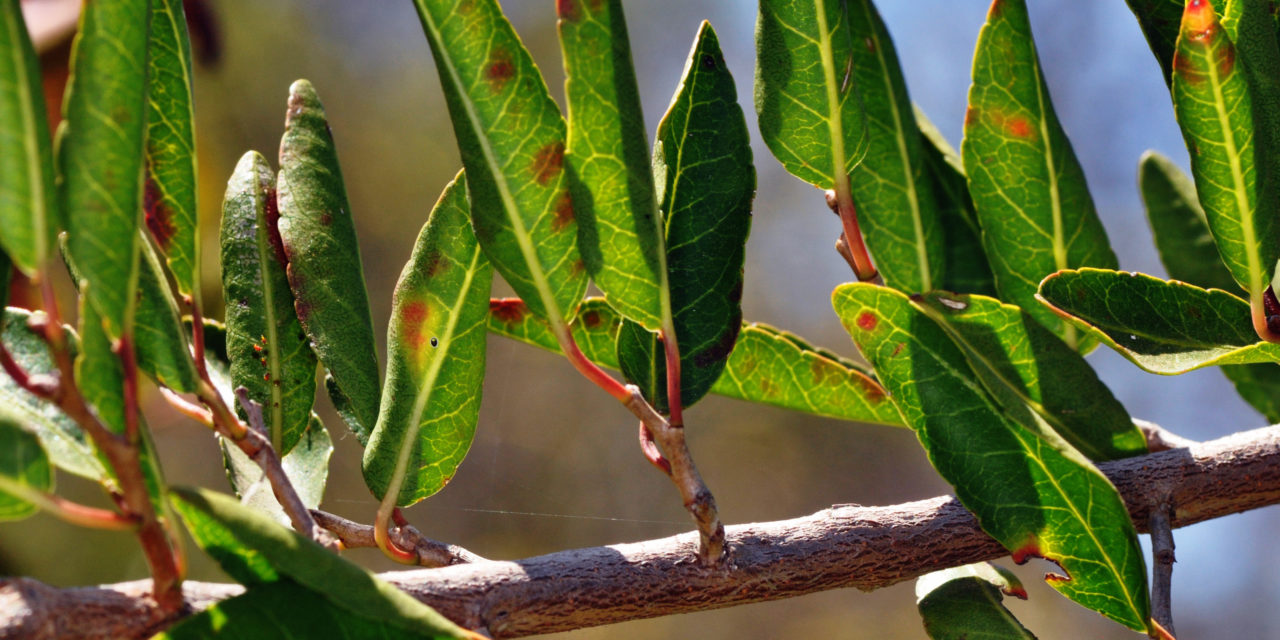
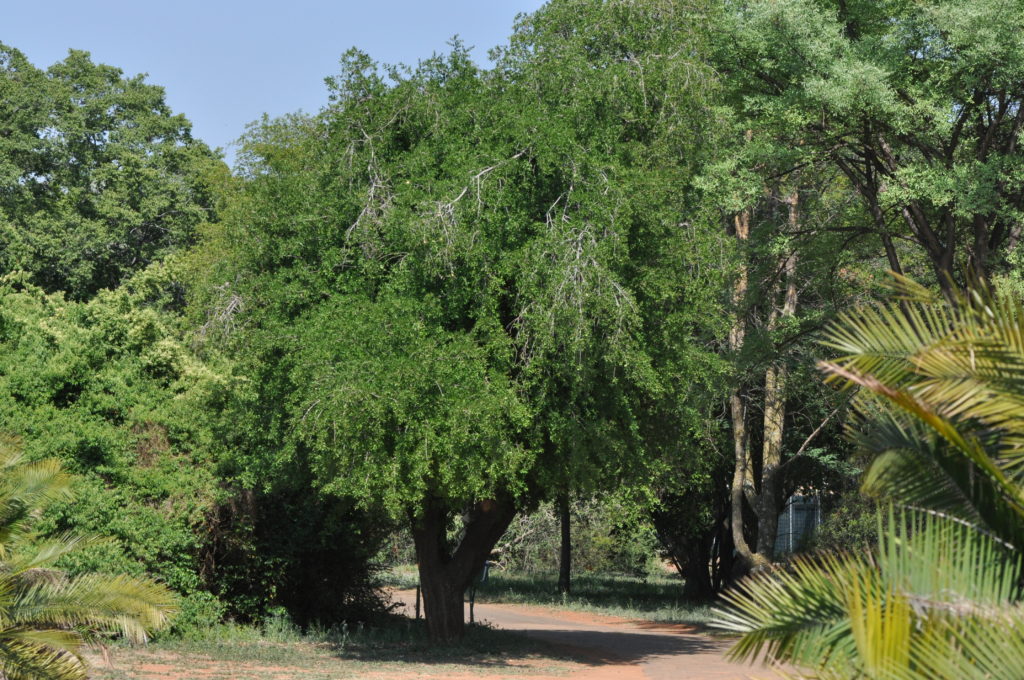
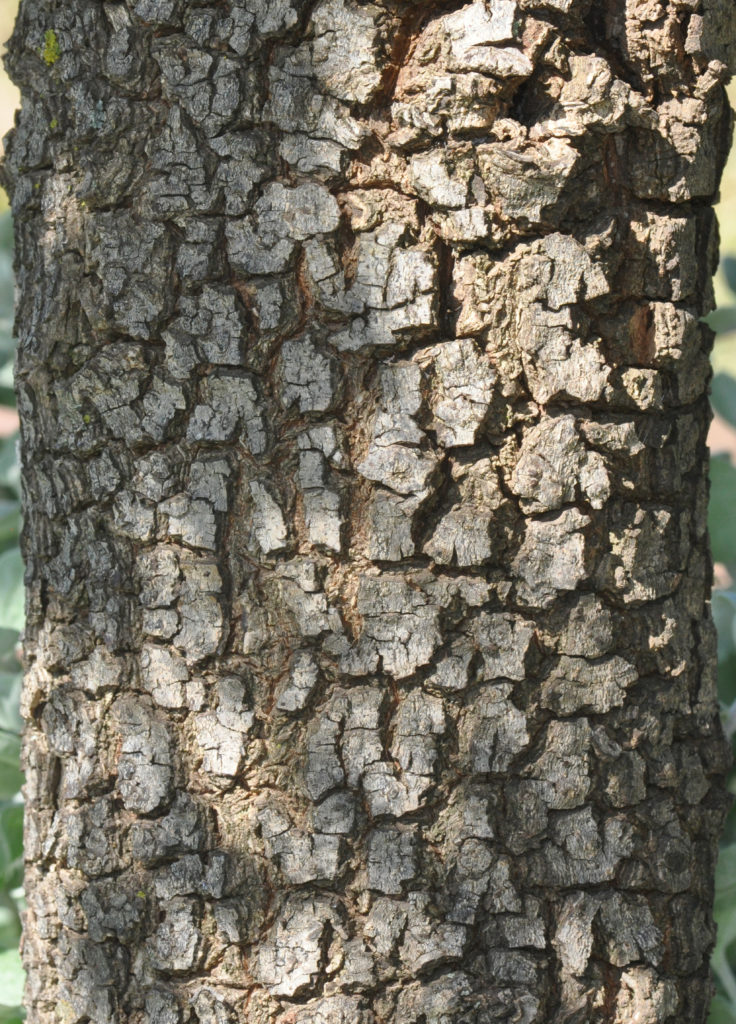
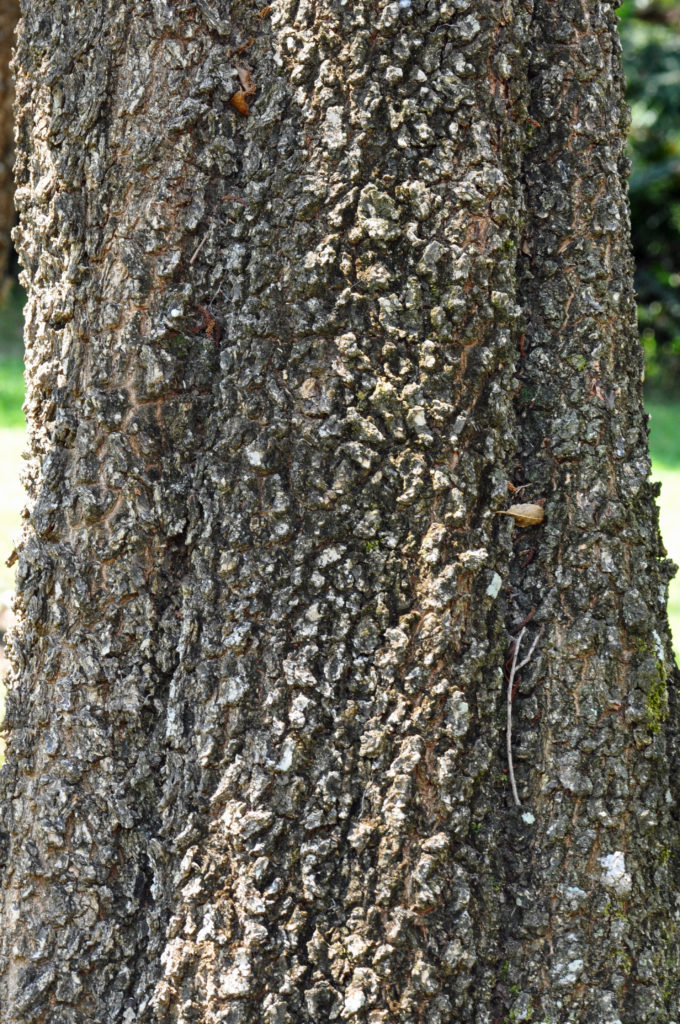
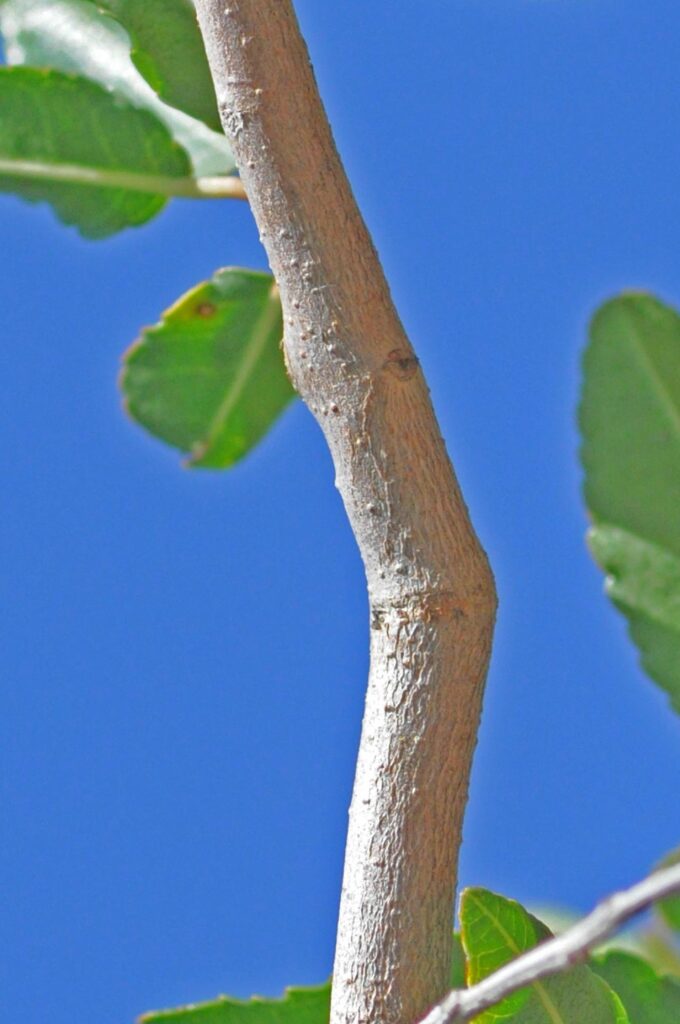
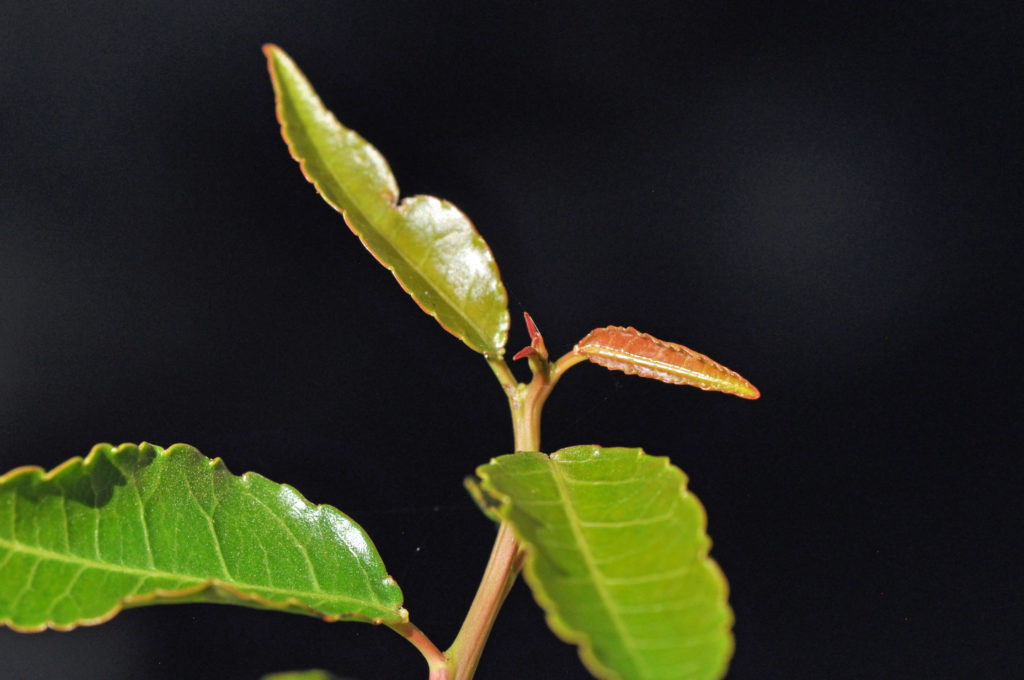
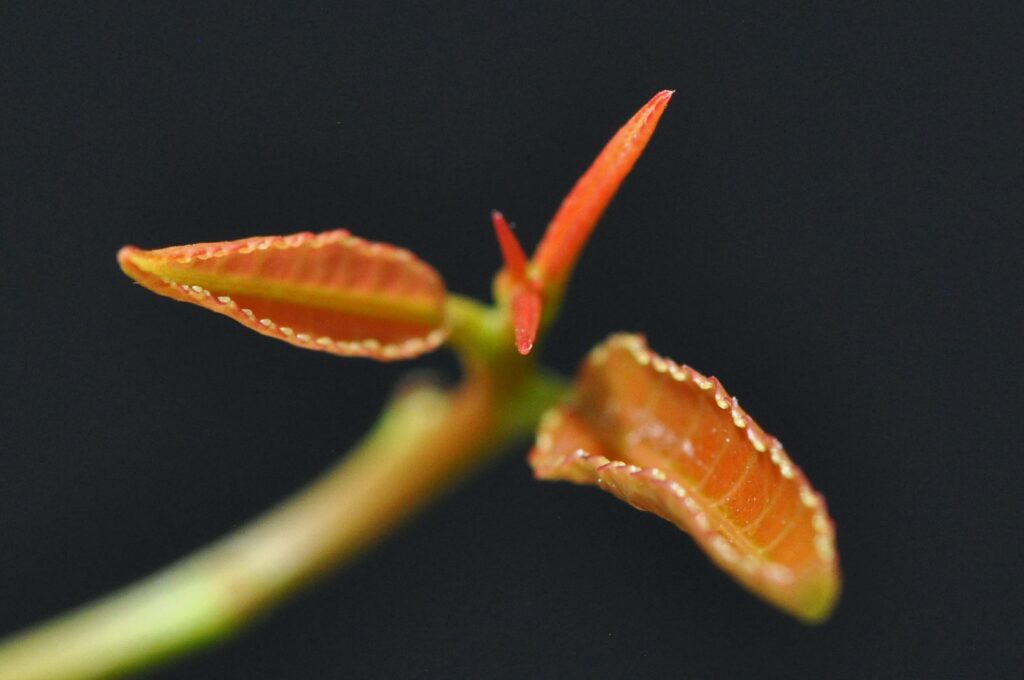
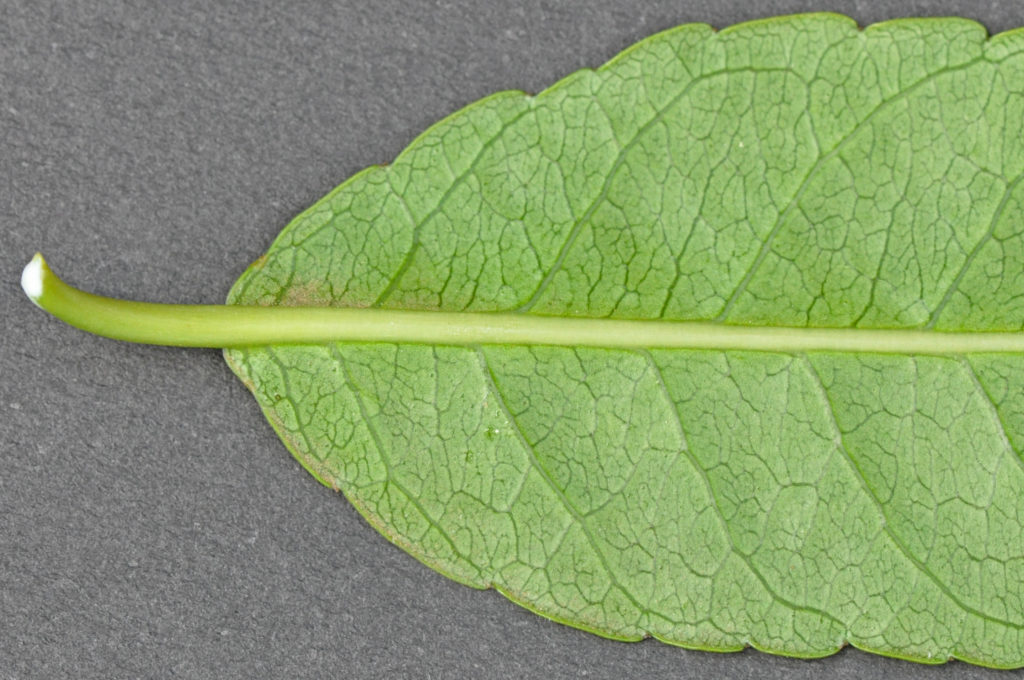
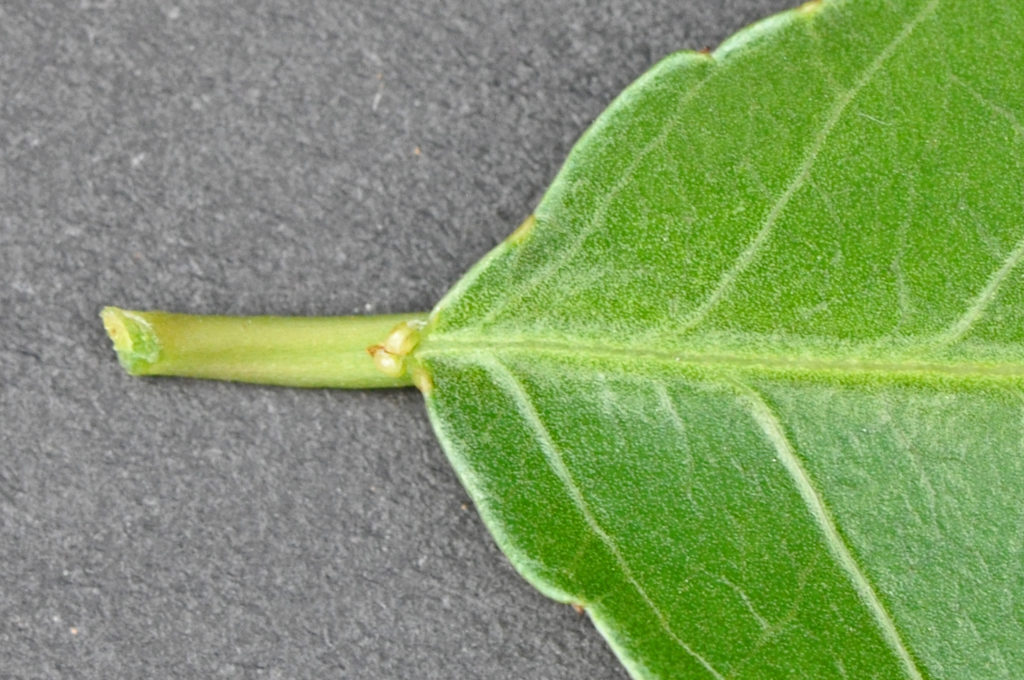
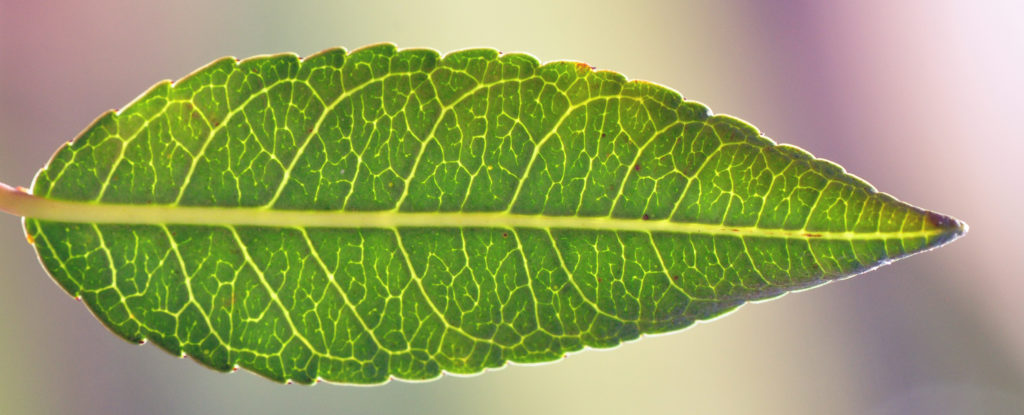
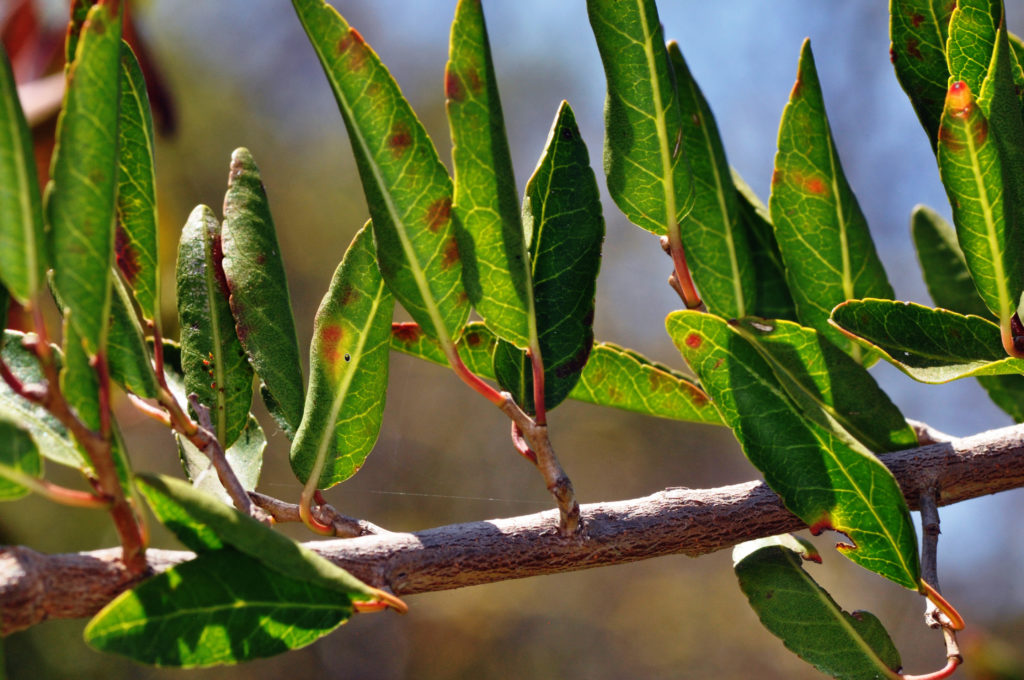
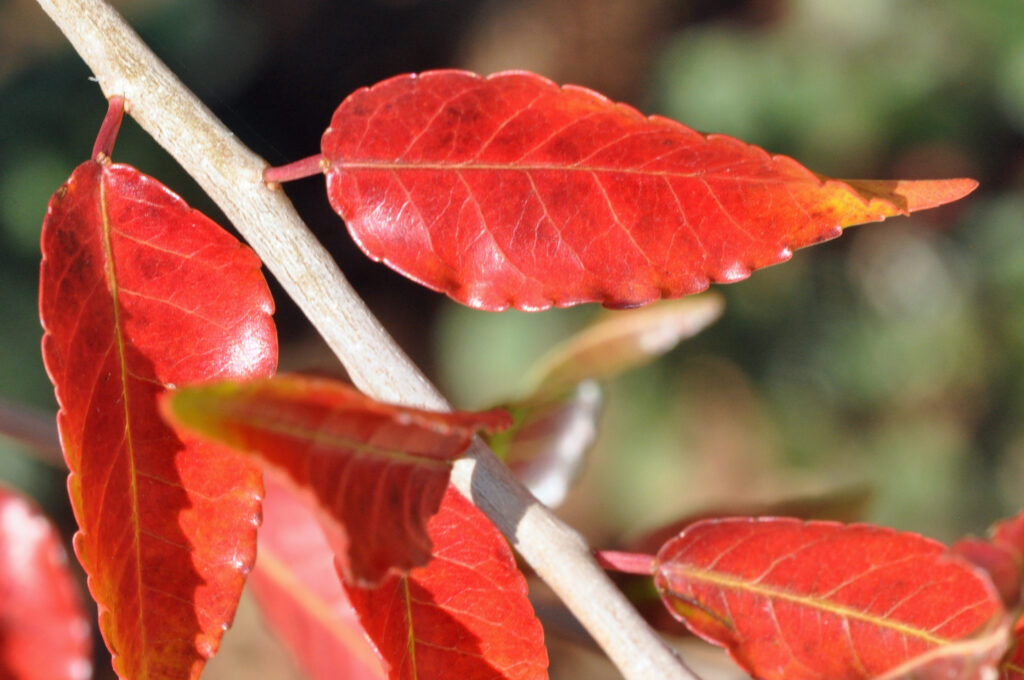
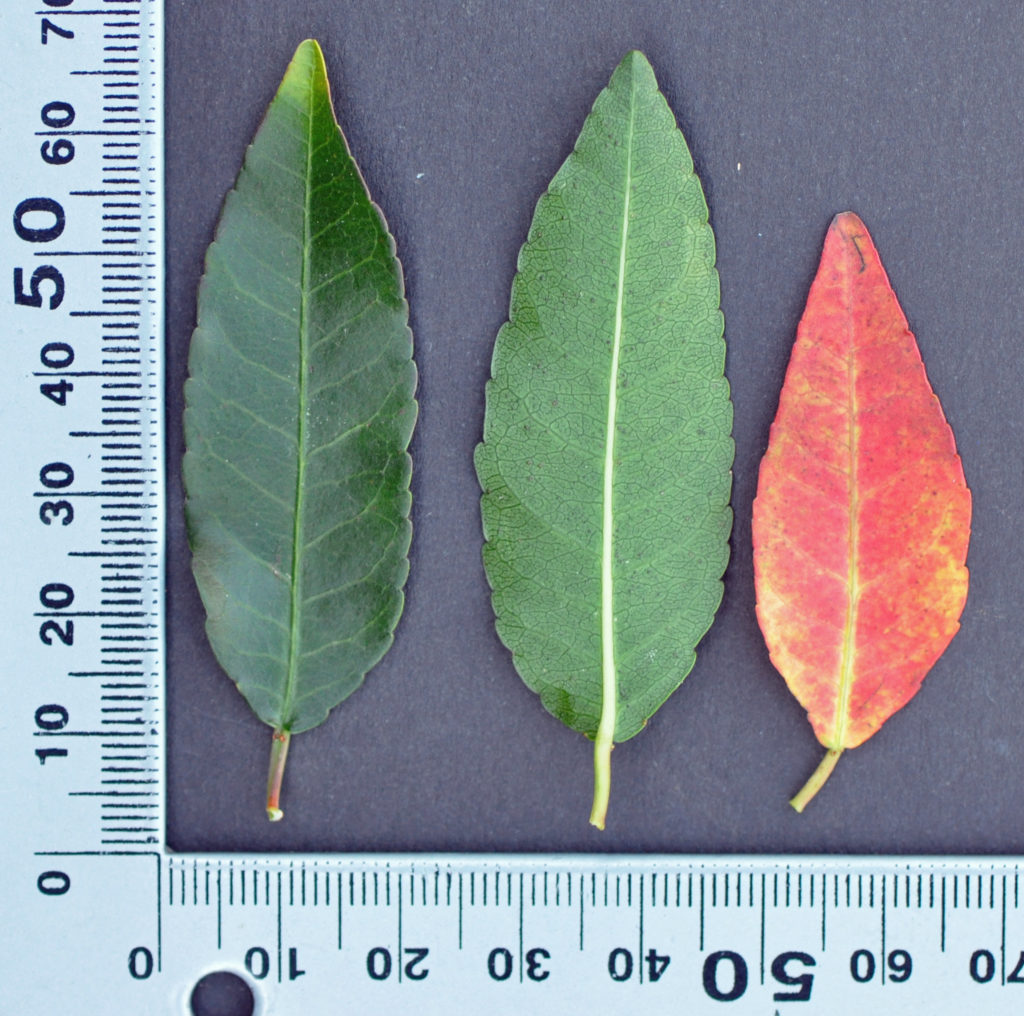
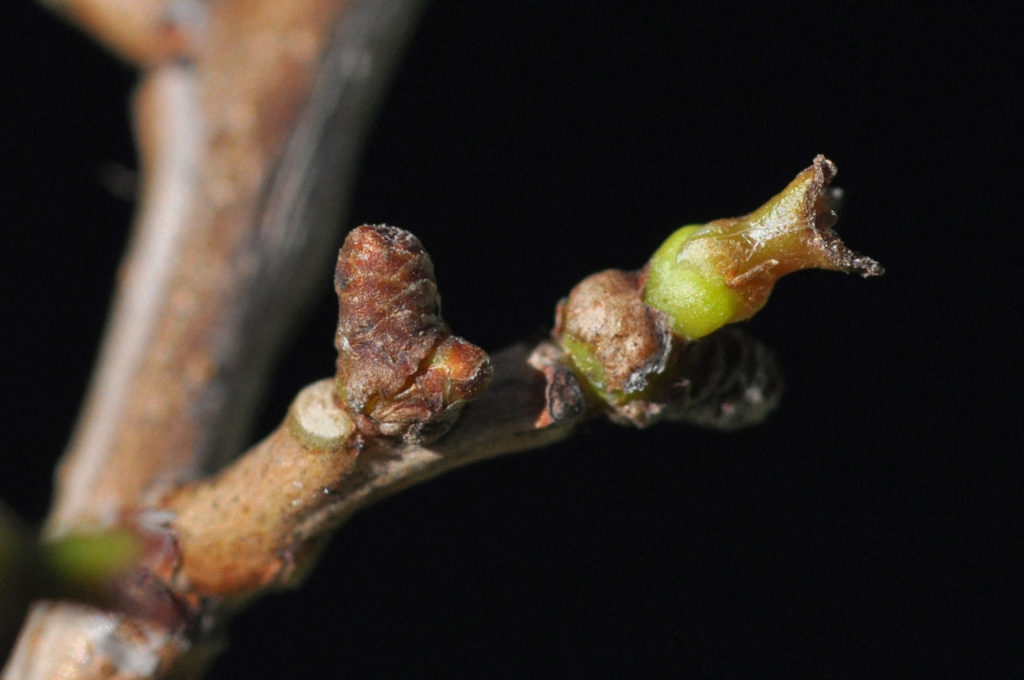
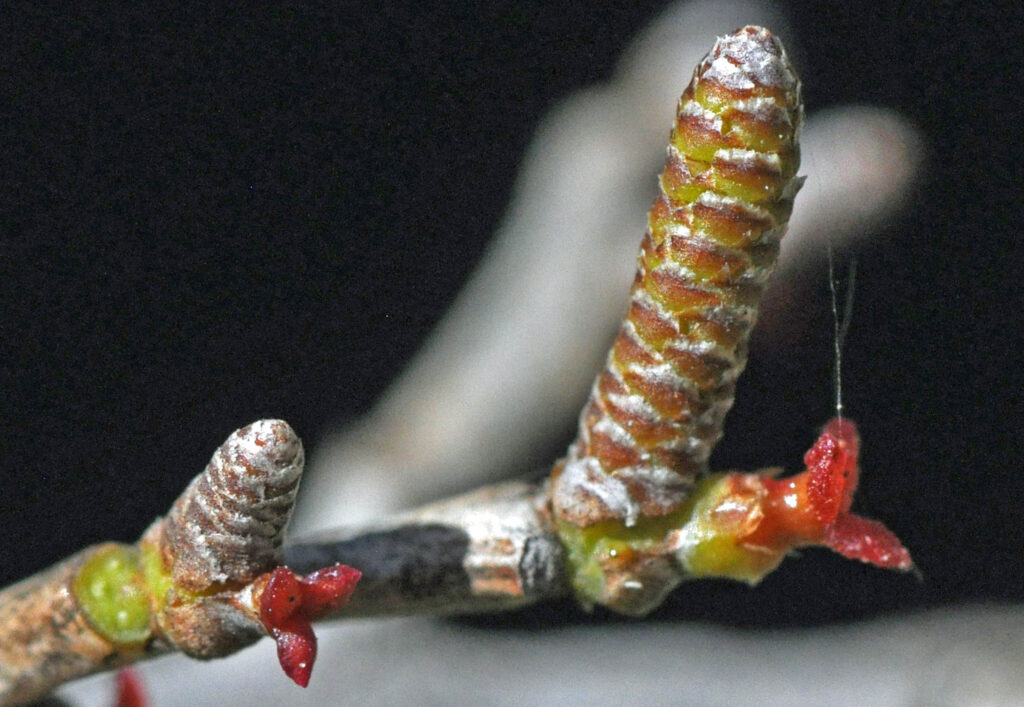
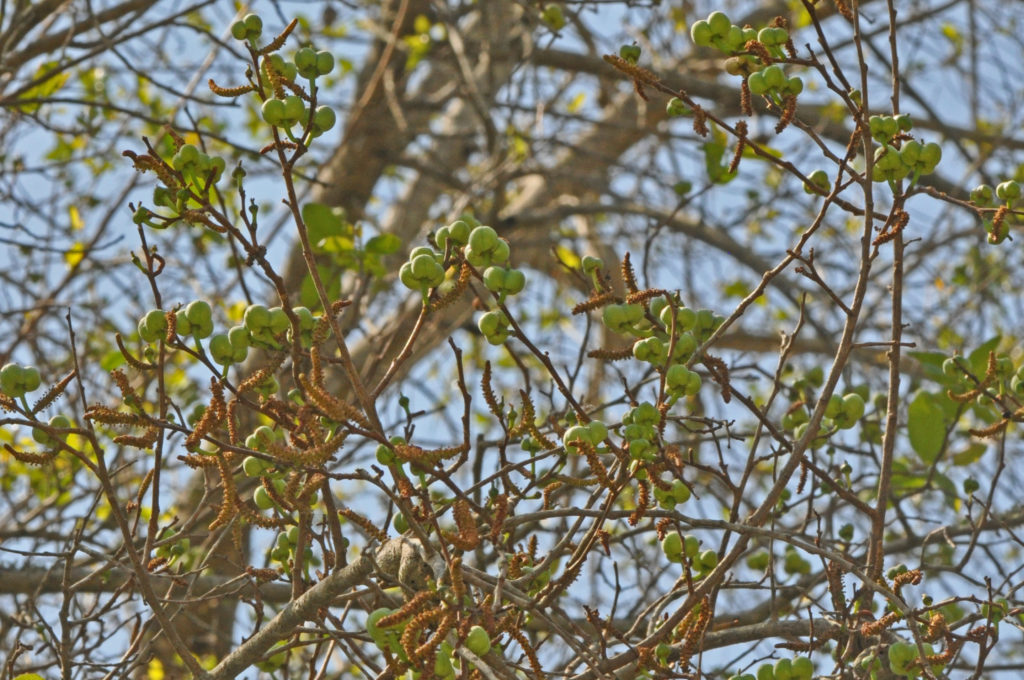
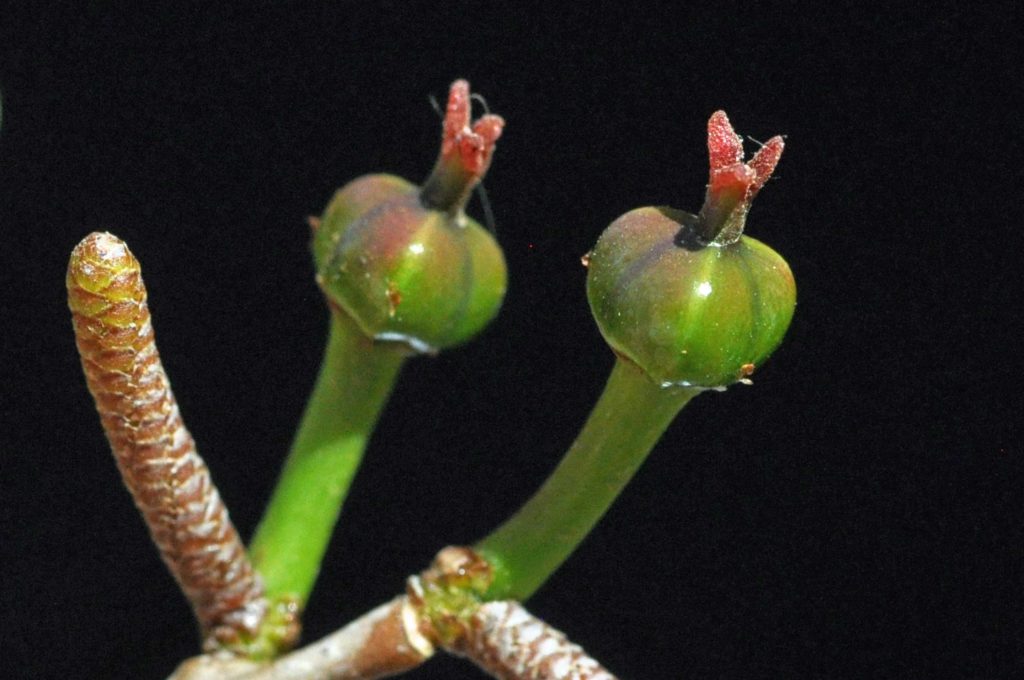
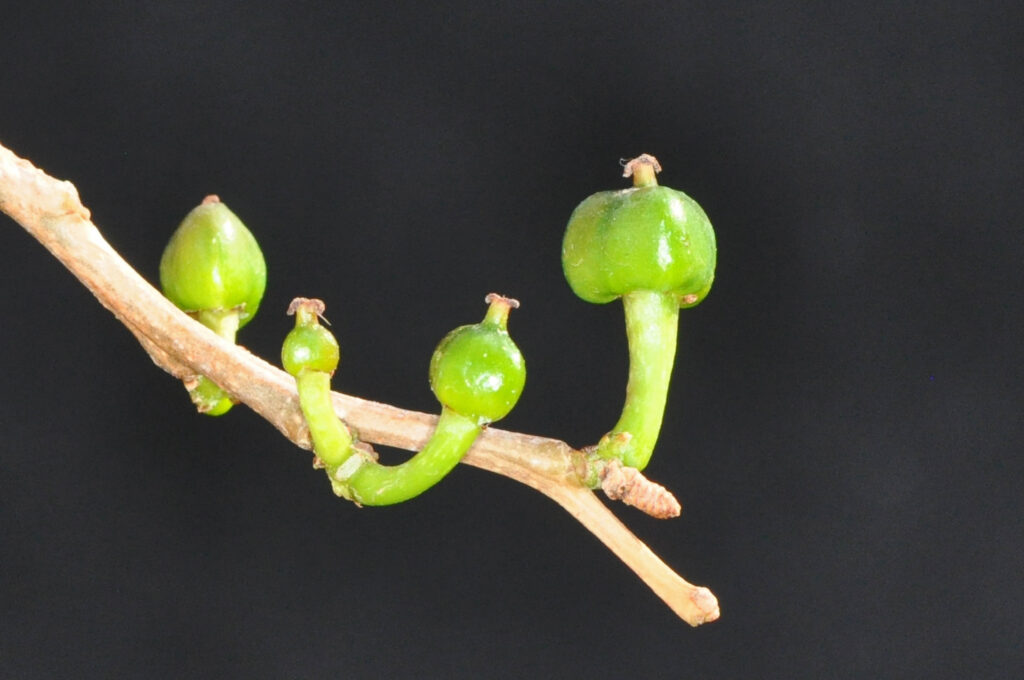
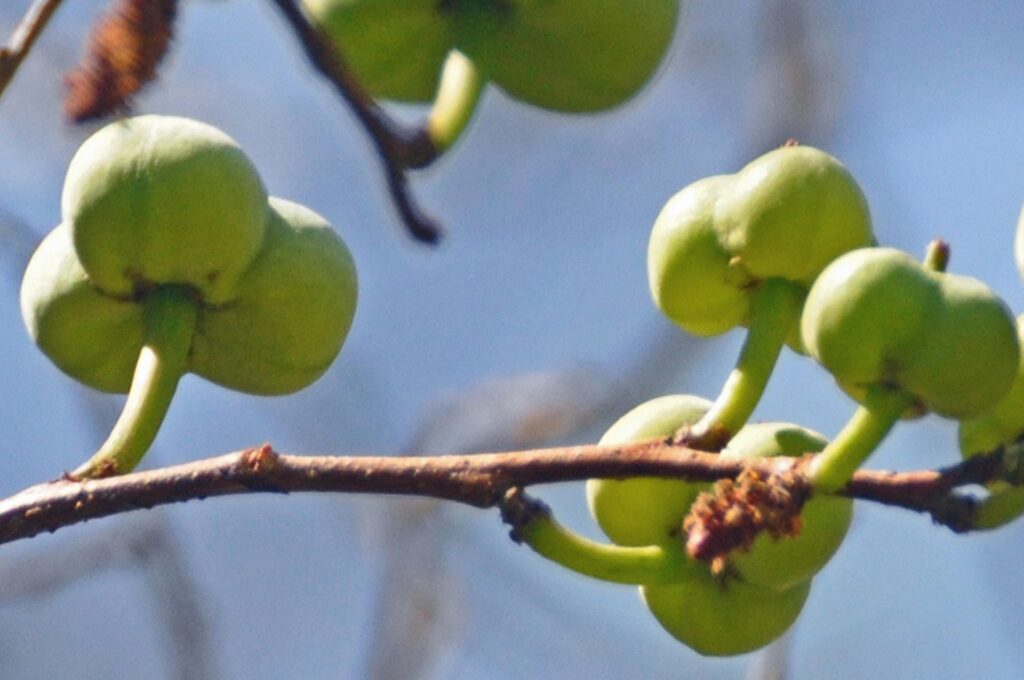
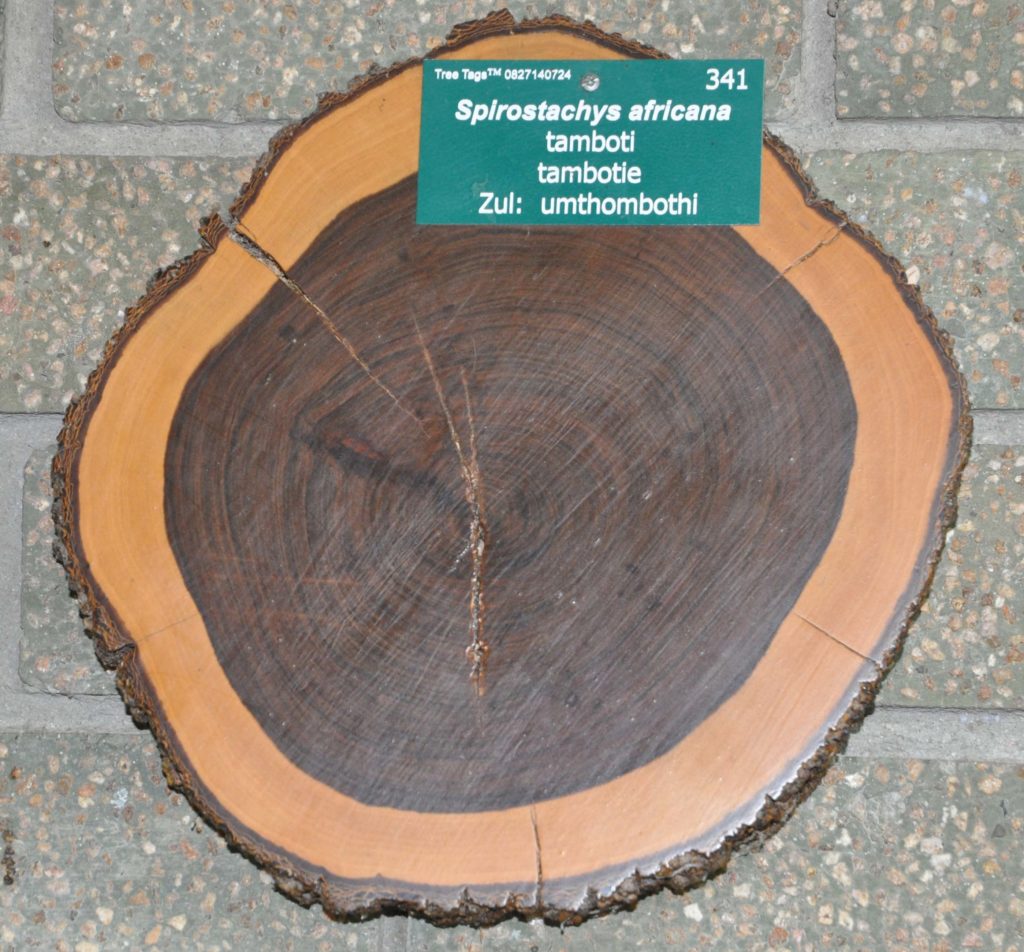
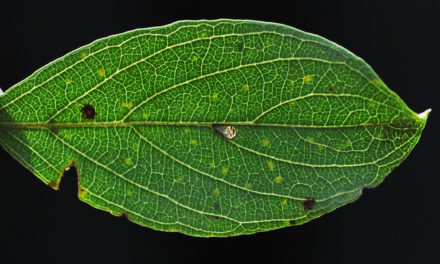
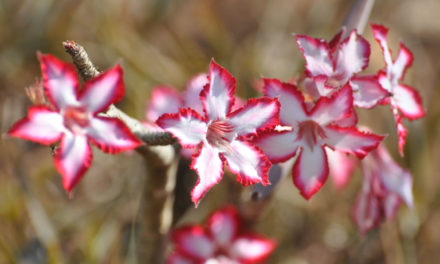
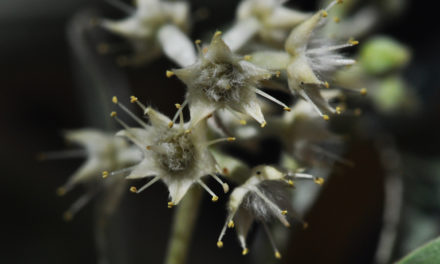
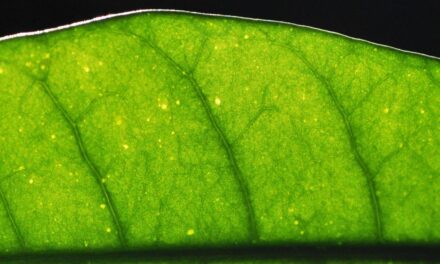
Spirostachys africana is my favourite tree. There is this huge Tamboti in the Skuinsdraai Nature reserve, Limpopo. The circumference of its trunk is 4 metres. Is there a Tamboti with a wider trunk?
Greetings from Johannesburg
Thank you for your comment. I have not seen one with such a wide trunk – very special. Hopefully I will get to see it myself.
I have a few trees that I find special. These include:
Bolusanthus speciosus http://treesa.org/bolusanthus-speciosus/
Bridelia micrantha http://treesa.org/bridelia-micrantha/
Calodendrum capense http://treesa.org/calodendrum-capense/
Thanks for sharing and take care.
David Becking.
Dear David Becking.. I am doing research on the medicinal uses of umthombothi tree. Is it possible to have permission to use one of your images with your photo credited..?
Greetings Untha
You may use the photo with pleasure. Please include the author and possibly the website.
Take care and good luck with your research.
David Becking.
Good day David Becker. My name is umtha and I am currently doing research on umthombothi for heritage foundation based in the eastern cape? is it possible to get permission to use one of your photographs with your photo credit?
Greetings Untha
You may use the photo with pleasure. Please include the author and possibly the website.
Take care and good luck with your research.
David Becking.